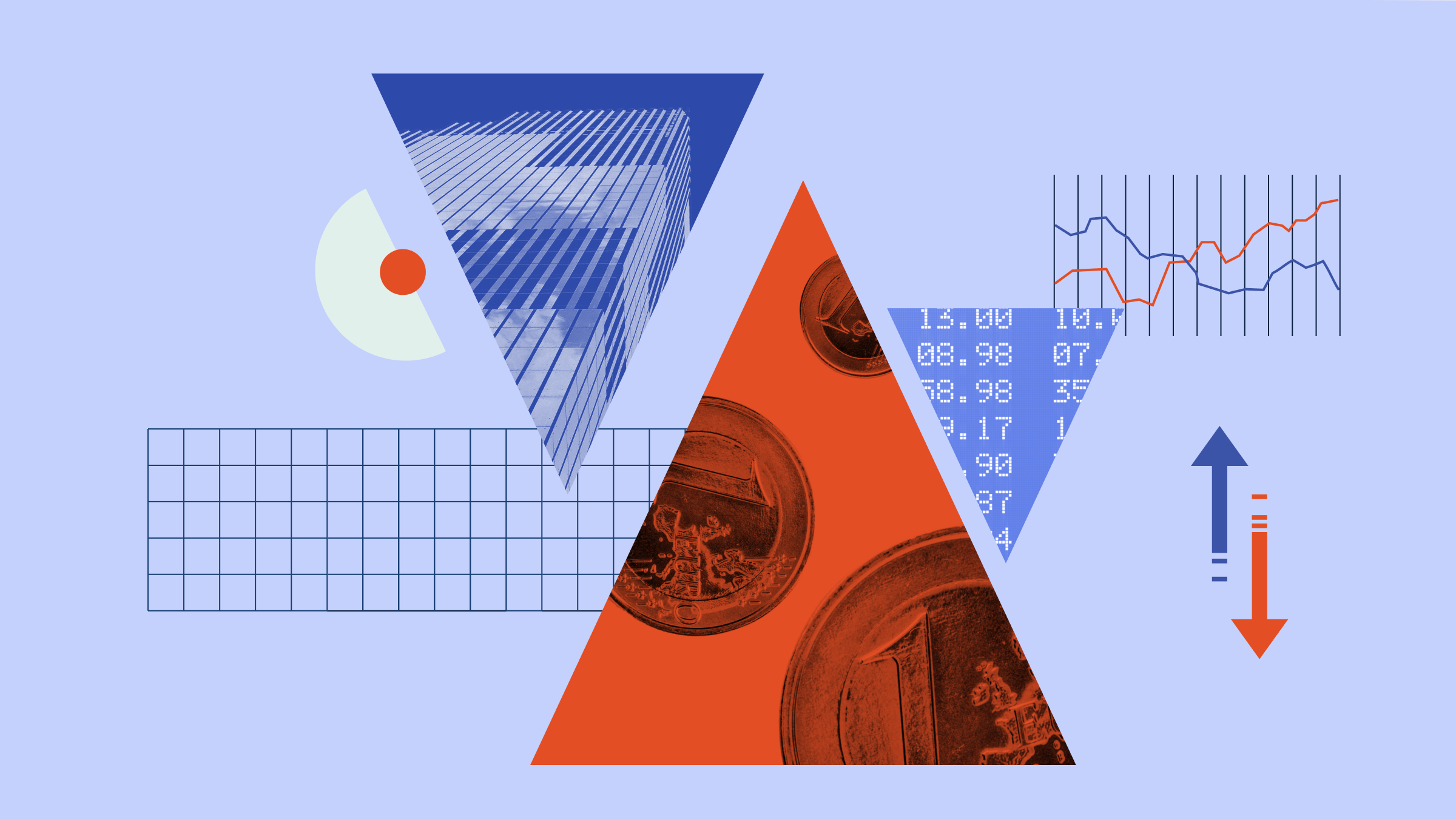
Fixed income funds are a natural addition to a portfolio for any investor looking for a reliable income stream. These funds may focus purely on corporate bonds (debt issued by companies) or government bonds, or may combine a mixture of the two.
Fixed income is appealing to investors who want surety. A company may reduce or cancel its dividend at any time, which is a risk for equity investors. But with bonds, the coupon is a set level for a set period of time, and the only risk to that income is if the company defaults on the debt.
Which type of fixed income fund you choose will likely depend on the amount of risk you are willing to take and the level of income you aim to achieve. Here are a couple of the options:
Fidelity MoneyBuilder Income
Fidelity MoneyBuilder Income has around 90% of its £3.1 billion of assets in investment grade corporate bonds, that is debt issued by companies with a strong credit rating and which are therefore less likely to default on their debt. Currently yielding 2.56%, Morningstar analyst Louise Babin rates manager Sajiv Vaid, who took over the Gold-rated fund in 2018, and “continues to implement a long-established investment approach, focusing on delivering a stable income and diversification to equities”.
Bond issuers are scored on a scale from AAA down to B depending on how financially sound they are and therefore how likely they are to repay their debt. Investment grade bonds are issued by entities at the upper end of this scale, and that means they are a less risky option for investors than, say, high-yield or junk bonds, but offer a lower level of income to reflect that lower risk level.
There are 258 bond holdings in the Fidelity portfolio, and around 56% of its assets reside in BBB-rated debt, the lower end of the investment grade spectrum. Among these holdings are bonds issued by HSBC, Blackstone Property Partners and RAC. Morningstar’s Babin describe the team’s process as being “bottom-up driven”, meaning they cherry-pick bonds based on their individual fundamentals, rather than being driven by an overall view of a sector or region.
Down 3.5% year to date, the fund was able to deliver a positive return in 2020, gaining 7.3%. It has delivered annualised returns of 4.05% over five years, underperforming the GBP Corporate Bond category by 0.4 percentage points.
Babin adds: “Performance has been consistently solid over the long-term. While other options may deliver high long-term returns, this strategy offers a good trade-off between active risk and excess returns.”
Axa Global High Income
Investors looking for a greater level of income may look to the Global High Yield Bond category, where yields are higher but risks may be too. The Axa Global High Income fund invests in sub-investment grade bonds, which are further down the credit rating spectrum and pay a higher level of income to compensate investors for the increased risk of default compared with investment grade bonds.
Morningstar analyst Evangelia Gkeka rates the “very experienced” managers who take a “differentiated approach to high-yield investing”. Indeed, James Gledhill and Carl Whitbeck have managed the fund since 2012 and worked in credit research before that. London-based Gledhill looks after the European part of the portfolio, and Whitbeck – who is based in Connecticut – focuses on the US.
Gkeka says: “The strategy uses a buy-and-hold approach, aiming to generate returns by receiving income rather than relying on a potential rise in bond prices. As a result, the managers invest a significant portion of the portfolio in lower-rated securities, typically holding them to maturity.” The managers use a so-called barbell approach, where two different investment styles are balanced within a portfolio and Gkeka says this is what sets it apart from its peers. This sees it also incorporate positions in shorter-dated bonds which can help to mitigate the volatility that comes with owning bonds from higher-risk issuers.
Currently, around 24% of the assets in the portfolio are rated below B, compared with an average of 14% for its peers. But the portfolio is well-diversified, with more than 400 holdings – and the managers will rarely have a position that accounts for more than 2% of assets. Among its largest positions are bonds issued by Ascend Learning, US logistics firm Kenan Advantage, and software company Change Healthcare. Year to date, the fund is up 1.2% and it has delivered annualised returns of 6.2% over five years. It currently yields 4.67%.





























